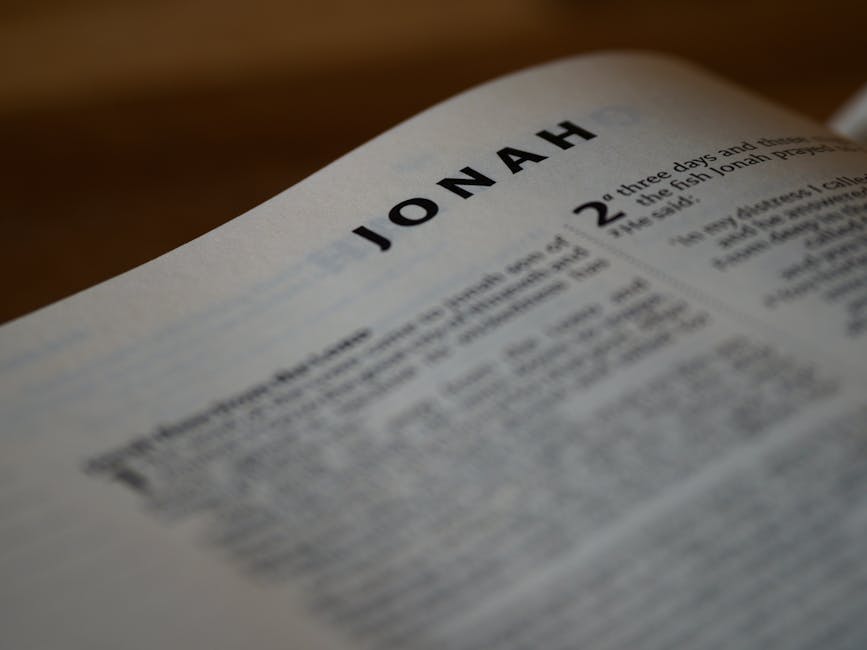Unraveling the Complex Tapestry: A Deep Dive into the Body of Jewish Law (Halakha)
Introduction: The Vastness of Halakha
Jewish law, known as Halakha (הלכה), is a complex and multifaceted system of jurisprudence that governs nearly every aspect of Jewish life. It’s not simply a set of rules; it’s a living, evolving body of legal and ethical principles that has shaped Jewish culture and practice for millennia. Understanding the body of Jewish law requires delving into its diverse sources, its historical development, and its ongoing interpretation. This exploration will provide a comprehensive overview, touching upon key areas and the intricacies that make it such a fascinating and significant subject.

Sources of Jewish Law: A Multifaceted Heritage
Halakha draws its authority from several primary sources, each contributing a unique layer to its complexity:
1. The Torah (The Five Books of Moses):
The Torah, the foundational text of Judaism, serves as the bedrock of Jewish law. Its 613 commandments (mitzvot) form the core of Halakha, though many require further interpretation and application. The Torah’s ambiguity often necessitates further elaboration through subsequent sources.
2. The Oral Torah (Mishnah and Talmud):
The Oral Torah, a tradition of interpretations and elaborations transmitted orally for centuries, is crucial in understanding the Torah’s practical application. This oral tradition was eventually codified in the Mishnah (around 200 CE), a systematic compilation of rabbinic rulings. Subsequent discussions and debates surrounding the Mishnah led to the creation of the Talmud (Babylonian and Jerusalem Talmuds), vast compendia of legal discussions and opinions that expand upon the Mishnah.
3. Poskim (Code of Jewish Law):
Over the centuries, various scholars and legal authorities (Poskim) have summarized and codified the vast body of Halakha. These codifications, such as Maimonides’ Mishneh Torah and the Shulchan Aruch, serve as accessible guides to Jewish law, although they are still subject to ongoing interpretation and debate.
4. Custom (Minhag):
Local customs (Minhag) also play a significant role in the application of Halakha. Certain practices and interpretations may vary across different Jewish communities based on historical, cultural, and geographical factors.
Key Areas of Jewish Law: A Broad Spectrum
Halakha encompasses a wide range of topics, reflecting its comprehensive approach to Jewish life. Some key areas include:
1. Family Law:
This area governs marriage, divorce, inheritance, and other aspects of family life. It involves complex procedures and regulations concerning betrothal, wedding ceremonies, grounds for divorce, and the division of assets.

2. Dietary Laws (Kashrut):
Kashrut, often referred to as keeping kosher, defines permissible and forbidden foods and the rules surrounding their preparation and consumption. It involves intricate regulations regarding meat, dairy, and the preparation of food, impacting daily life for observant Jews.
3. Sabbath and Holiday Observance:
Jewish law dictates detailed regulations for observing the Sabbath (Shabbat) and Jewish holidays. These rules cover activities permitted and prohibited on these days, including travel, work, and the preparation and consumption of meals.
4. Ritual Purity (Taharat HaMishpacha):
This area deals with laws of ritual purity, particularly those concerning menstruation and childbirth. It involves complex procedures and regulations related to ritual immersion (mikveh) and maintaining a state of ritual purity.
5. Prayer and Worship:
Jewish law outlines the rules and regulations concerning prayer services, including the structure of prayers, blessings, and the proper conduct in synagogues.
6. Civil Law:
While not as extensively developed as other areas, Halakha also addresses certain aspects of civil law, such as contracts, torts, and property ownership.
The Evolution and Interpretation of Halakha: A Dynamic System
Halakha is not a static system. Its interpretation and application have evolved throughout history, influenced by changing circumstances and ongoing debates among scholars and legal authorities. Several key factors have shaped its evolution:
1. Rabbinic Authority:
Rabbis, throughout generations, have played a crucial role in interpreting and applying Halakha. Their expertise and scholarship have ensured the continuity and adaptation of the legal system.

2. Contextual Interpretation:
The interpretation of Halakha often takes into account the specific context and circumstances. This allows for flexibility and adaptation to changing social and technological landscapes.
3. Responsa Literature:
Responsa literature, a vast collection of rabbinic rulings on specific legal questions, provides a rich source of legal interpretations and precedents. These rulings often reflect the specific challenges and questions faced by Jewish communities throughout history.
4. Modern Challenges and Adaptations:
Contemporary issues such as medical ethics, biotechnology, and environmental concerns have presented new challenges to Halakha’s application. Rabbis and legal scholars continue to grapple with these issues, adapting traditional principles to modern realities.
The Ongoing Relevance of Halakha: A Living Tradition
Despite its historical origins, Halakha remains highly relevant in contemporary Jewish life. It provides a framework for ethical decision-making, social interaction, and religious observance. Its ongoing interpretation and adaptation ensures its capacity to address the challenges and opportunities of the modern world. The study and application of Halakha continue to be central to Jewish identity and practice, fostering a sense of community, continuity, and ethical responsibility.
Conclusion: A Journey Through Jewish Law
The body of Jewish law is a vast and intricate tapestry woven from millennia of tradition, interpretation, and debate. Its complexity reflects the depth and richness of Jewish culture and its unwavering commitment to ethical and religious living. This exploration has merely scratched the surface of this profound subject; further study is needed to fully appreciate its complexities and ongoing relevance.

